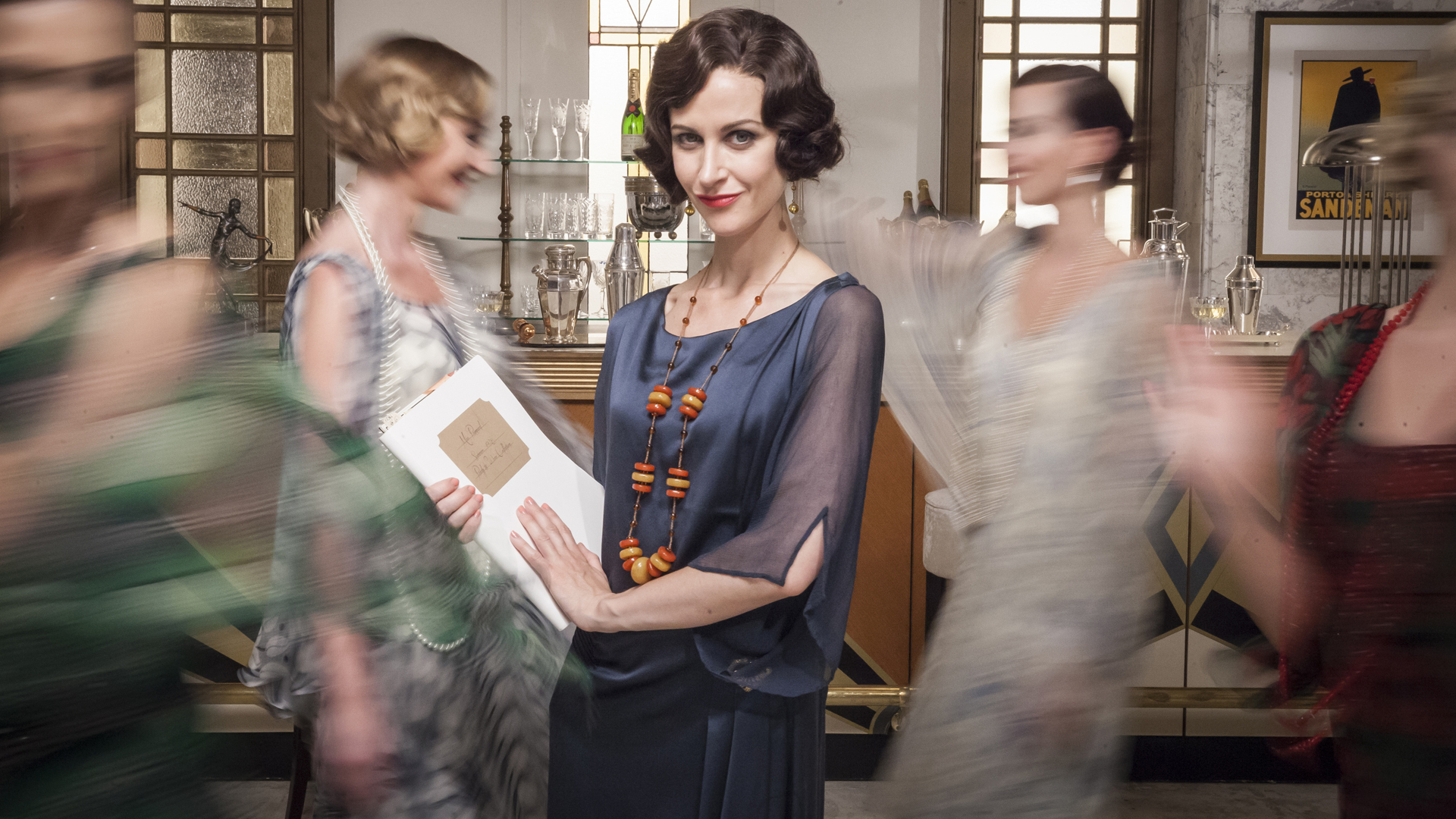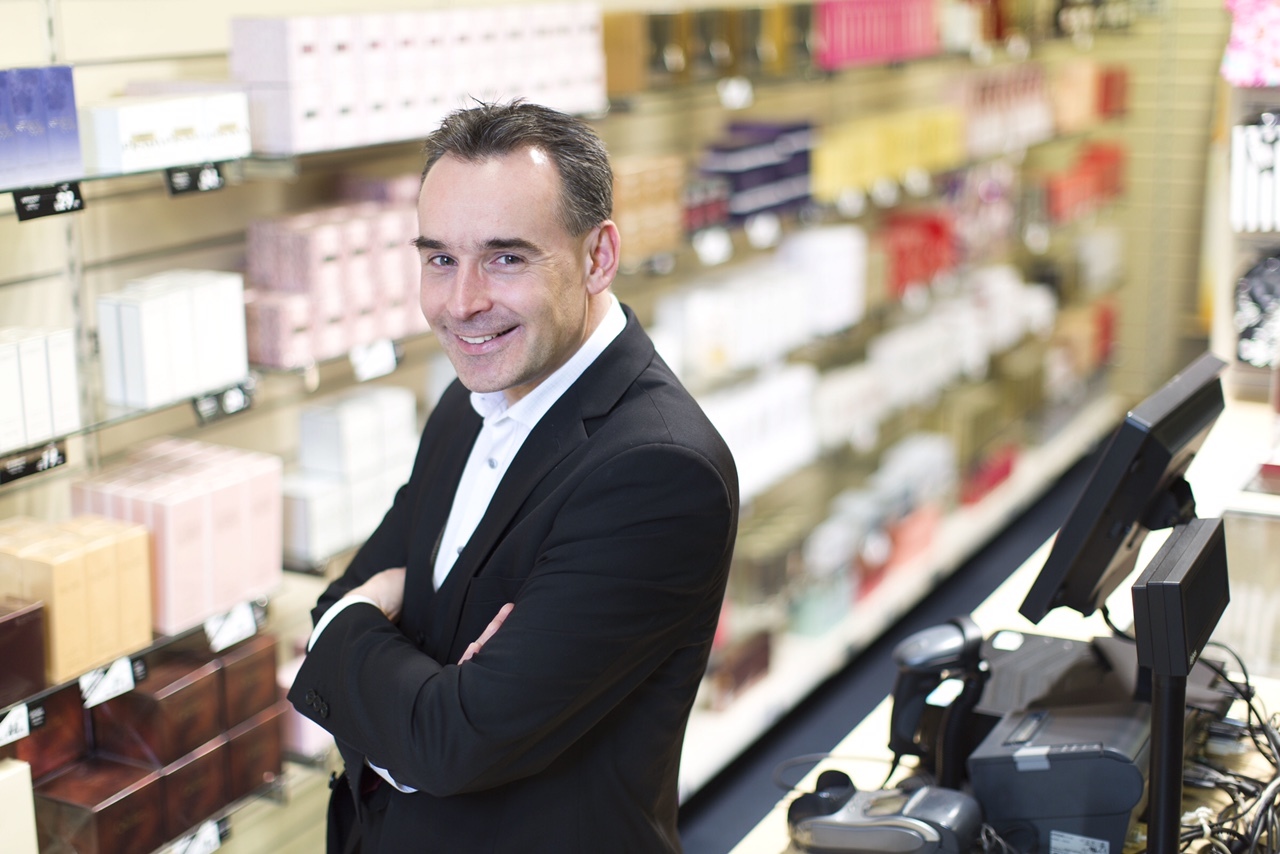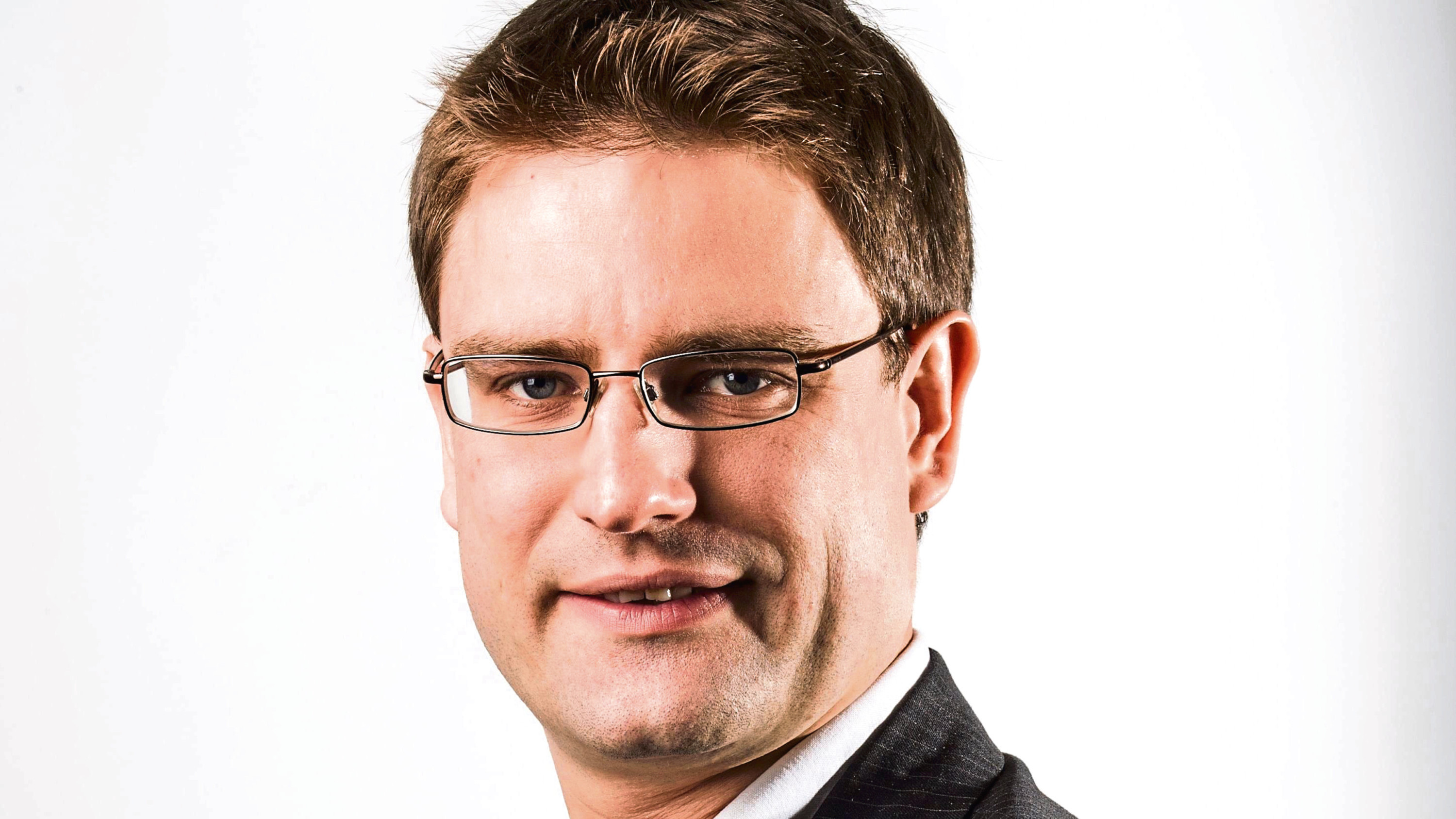
FOR generations, they have been the grandest, most famous stores in Scotland.
But our iconic department stores could disappear.
Several are in financial trouble and last week House of Fraser said it plans to close shops with more than 6,000 employees and 11,500 concession staff thought to be at risk.
And William Watt, owner of fellow department store Watt Brothers, said last week the flagship four-storey Sauchiehall Street branch in Glasgow might be sold.
The company posted losses of nearly £750,000 last year, but believe they can turn around their fortunes.
Here, we ask five experts why customers are turning away from the iconic shops and if the future of our famous department stores is all in the past?
Willie Watt
Owner of department store Watt Brothers
At the moment we’re working on investing in the business and are looking to invest in new stores.
People used to go into town and they still do but it’s not as popular – and parking certainly isn’t free.
We’re currently looking at the future of the shops and we’d certainly like to stay in town but I don’t know if it’ll be in the current form.
Instead of shops with two or three floors, customers these days prefer shopping on one floor.
But most department stores, such as Frasers and Debenhams, face the same challenges – huge competition.
It’s coming from out-of-town retail parks – which is an area we are moving into – as well as the internet.
When it comes to social media we’ve come a long way. We had a million hits on Facebook last year, making us one of the most popular Scottish shops for our size.
The way we’re competing is simple –we’re selling things cheaper than elsewhere, and that includes the internet.
In pound shops you can buy three bars of chocolate for a pound. With us it’s 89p.
Professor Leigh Sparks
Professor of retail studies, Stirling University
Department stores have clearly been in a state of flux for a very long time.
In the recent past we’ve had BHS, C&A and McEwan’s of Perth shutting up shop.
If you go back to the 1930s there were about 15 department stores in Stirling alone. Their disappearance is a reflection of the changing face of retail.
Consumers have changed, shopping patterns have changed, look what you can get on the internet? Therefore department stores need to provide shoppers with something distinctive.
Many department stores look the same and they have got brands and concessions in them which you can find cheaper on the internet.
If you look at Harrods, Selfridges and the good John Lewis stores, then there are real points of difference with other less successful shops, so they have massive footfall and they will be sustained.
Looking at House of Fraser I have less concern about the Glasgow shop – which has a large footfall – than I do about Edinburgh.
Can Princes Street really have Frasers and Jenners in such a small area? The costs to run them are high, and the owners will be asking what the difference is between the two stores.
John Hannett
General secretary of shopworkers’ union USDAW
The retail sector is going through a very challenging period and that is having an obvious impact on our members.
It is a mixed picture of winners and losers, but we are seeing an alarming number of store closures.
We are very concerned about the impact of Brexit increasing prices at the same time as incomes being squeezed, customers changing their shopping habits and new technology being introduced.
We believe that successful retailers need a good on-line presence as well as traditional bricks and mortar stores, but they also need the right business environment.
Local government needs to ensure their town centre and car parking policies attract shoppers and that commercial rates and rents are affordable.
National government must ensure a level playing field on retailers paying their taxes in the UK and them not undercutting each other on terms and conditions of employment.
Retailers must invest in their staff, customer service is crucial and that is best delivered by well-rewarded, fully-trained shopworkers, who are respected and valued.
Ewan MacDonald-Russell
Head of policy, Scottish Retail Consortium
The challenges department stores face are a microcosm of the immense changes affecting the retail industry.
As more consumers shop on-line, there is a challenge to encourage shoppers into stores, and then to get them to spend when they are there.
One of the big trends we are seeing is retailers innovating to try and create a number of reasons for customers to visit the store.
That can be through offering food and drink, different services, and by investing in customer service.
The big advantage a physical retailer has is those trained helpful colleagues who can provide detailed guidance on products to help customers.
Those retailers investing in making stores more attractive, and their workers more engaged, are those which have performed the best.
However, these stores are in direct competition with digital retail because many of their products are branded, and consequentially available from a number of sources, where historically a single retailer in a town would be the sole source.
It’s notable those retailers who have invested in evolving from purely physical retail to a multi-channel offering are those who are in the strongest position.
Many of the larger stores are particularly affected by government policy which has consistently made operating from property more expensive.
As an example, in Scotland, businesses operating from property with a rateable value above £51,000 are liable for a Large Business Supplement which is double the English equivalent. This translates to a higher rates bill for large shops.
With margins so tight, that tax burden is making life difficult for High Street retailers.
Dr Julie McColl
Senior marketing lecturer at Glasgow Caledonian University
Watt Brothers’ Sauchiehall Street branch is an iconic store but it’s focused on bulk discounted goods and not really representative of what department stores were good at.
Department stores were known for their variety of upmarket goods but now shoppers prefer to buy these online.
Besides we’re much more interested in experiences now – money is spent on going on a trip or an adventure you can share on Facebook or Instagram.
Department stores tend to sell things such as gifts – but the gift market now is mostly online.
While Watt Brothers are moving out-of-town, Frasers and Debenhams are still in city centres.
Shoppers now tend to buy from cheaper shops or smaller stores with fewer overheads where they can get a more customer-focused experience – think Ted Baker.
John Lewis are a good example of a department store doing things right – they’ve embraced click and collect, you can park next to John Lewis, and they’re focused in what they sell.
Department stores are useful in a sense that people can go in and look at products they want, but everyone immediately checks the price on their mobile phone to see where they can get it cheaper.
As for the future of department stores, I’m not sure what it will be.

Enjoy the convenience of having The Sunday Post delivered as a digital ePaper straight to your smartphone, tablet or computer.
Subscribe for only £5.49 a month and enjoy all the benefits of the printed paper as a digital replica.
Subscribe



